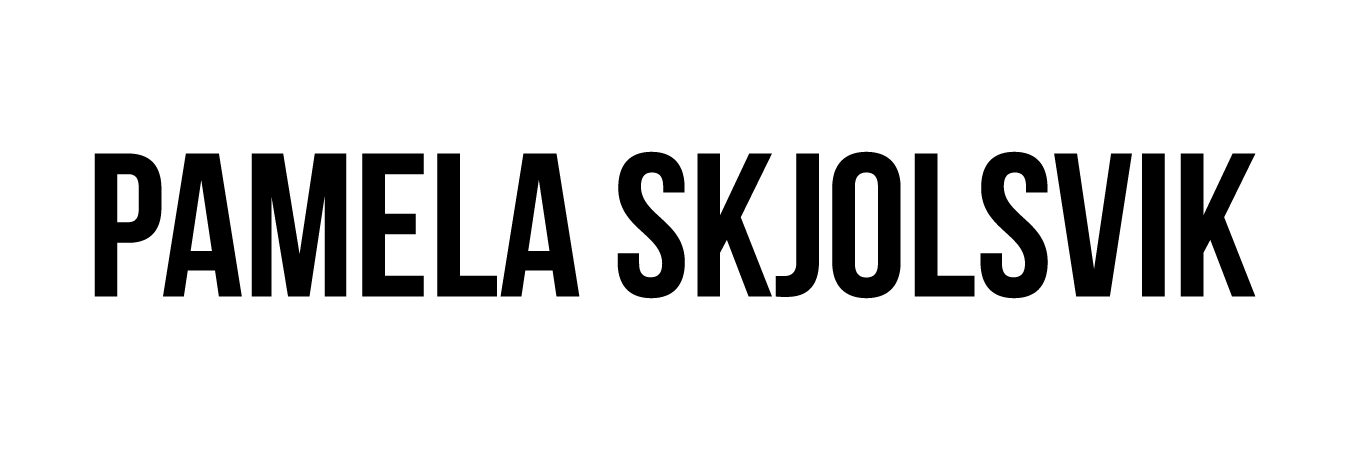This was a weird day today. Let me explain. When I started graduate school, I wrote three book reports and now two out of the three writers are dead. The writers are David Foster Wallace and David Rakoff. David Foster Wallace's death played an instrumental, although very accidental, part in the choosing of my thesis topic. My mentor, Diana was supposed to call me, but her call was delayed because she was on the phone with a friend who had just broken the news that DFW had killed himself. I kept calling her number and a funeral home kept answering. When Diana and I finally connected, we talked about death, specifically people who work with death. A thesis was born. And also a blog.
David Rakoff was the other writer. I picked up his book "Fraud" at the used bookstore in Towson because the cover blurb was from David Sedaris, my favorite writer of all time. I wasn't impressed initially and I wrote a fairly scathing review. But, I have since read his other books and I thoroughly enjoyed "Half Empty," his last work. He was 47.
Here's a wee excerpt from what I wrote about "Fraud." And yes, I know I'm mean and probably not anywhere near as good of a writer as Rakoff.
Possibly the best essay in this collection is the last one, “I Used to Bank Here, but That Was Long, Long, Ago.” If I were Rakoff’s editor, I would have placed this diamond first before the shined up turds that would follow it. He succeeds with this essay because it is about a journey he takes within himself. Most of the other essays are fish out of water tales about him doing something wacky like looking for the Loch Ness monster or attending a Steven Seagall Buddhist retreat. I GET how uncomfortable he feels because he’s a Jewish Canadian living in New York. I just don’t need to read essay after essay of it. Anyway, this essay is about his battle with cancer at the age of 23, which he downplays with the opening line, “Hodgkin’s disease, the illness that sent me packing from Tokyo a at the age of twenty-two, is a form of lymphatic cancer, common among young men in their twenties. Hodgkin’s is also highly curable, in fact, that I like to refer to it as the dilettante cancer.” (And yes, I had to look up dilettante.)
Rakoff is real in this essay. Although I’ve never experienced a life threatening disease other than motherhood, I could still relate. The best passage is about the radiation machine. “The machine is bulbous, huge and dull hospital green. A death ray straight out of the fifties sci fi. I lie down and look up. Above my head, directly at eye level, someone has drawn a hastily rendered happy face in red marker. Underneath that is written the message “Give us a Smile!” As with Rita Hayworth’s picture that graced the side of the atom bomb they dropped on Bikini atoll, there’s something so pathetic, so vastly outmatched, about this little happy face: a garnish on annihilation. Still I never fail to smile.” In this passage we see that he’s a complicit, good patient like most of us, and garnish on annihilation is brilliant. The rest of the essay is interspersed with trying to find his frozen sperm and the fact that his memory has faltered. The second to last paragraph spoke volumes to me and actually made me teary eyed. “What remains of your past if you didn’t allow yourself to feel it when it happened? If you don’t have your experiences in the moment, if you gloss them over with jokes or zoom past them, you end up with curiously dispassionate memories.” Amen.
